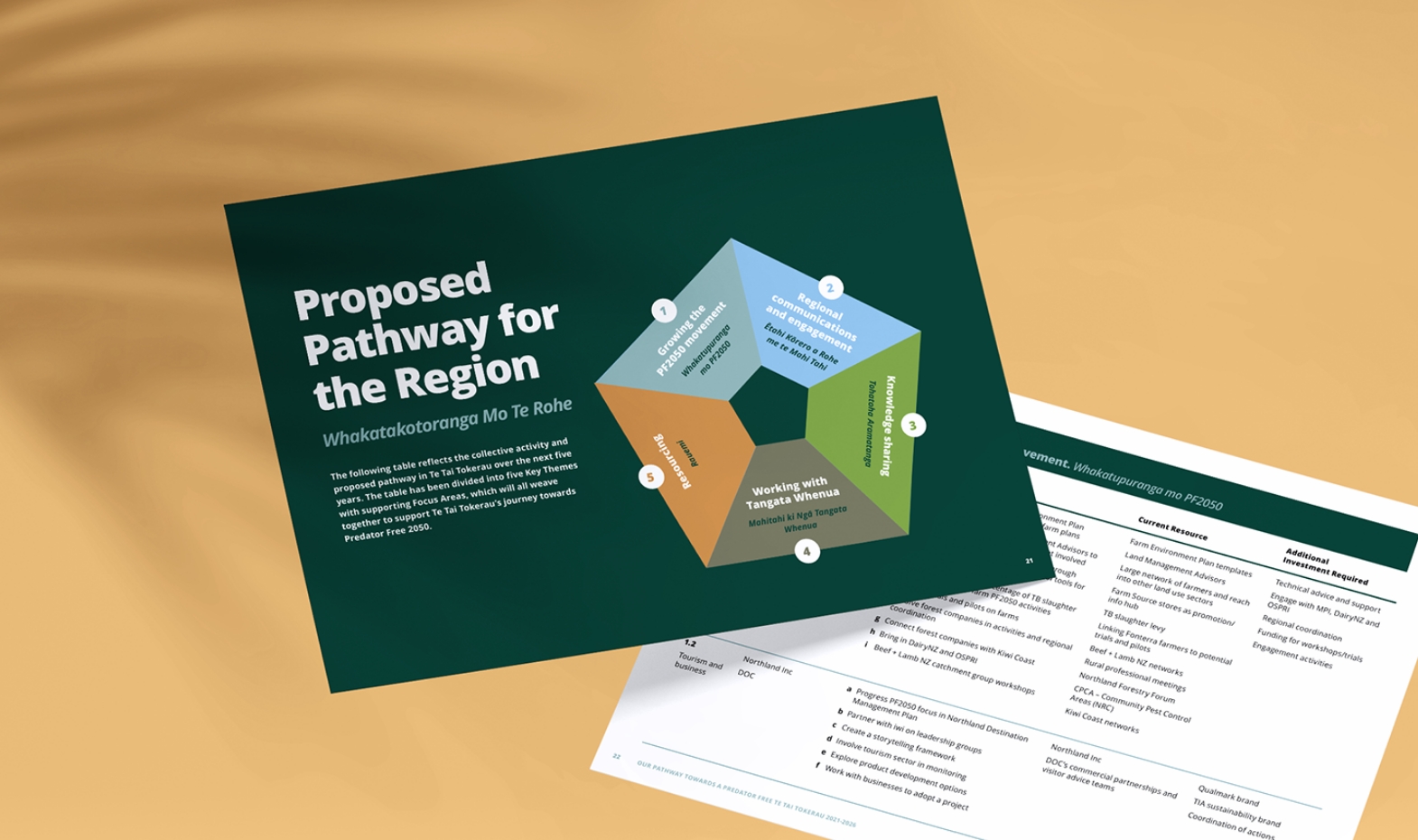Developing a pathway for Tai Tokerau towards a predator free 2050 was a unique opportunity to bring together hapū, iwi, whānau, community, local authorities and national agencies.
Level was engaged to design an approach to developing this critical piece of work to inform and guide predator free action across Tai Tokerau Northland for the next five years, on the pathway towards a predator free region by 2050. We worked alongside the Department of Conservation (DOC) to design a series of workshops that were held across Tai Tokerau Northland and attended by a wide range of predator free advocates, from local community trapping groups and iwi/hapū/whānau representatives, to DOC and Northland Regional Council staff, as well as taitamariki.
Our mahi to date
- Communications & Engagement Strategy
- Market Research
- Workshops & Facilitation
- Collateral Design & Production
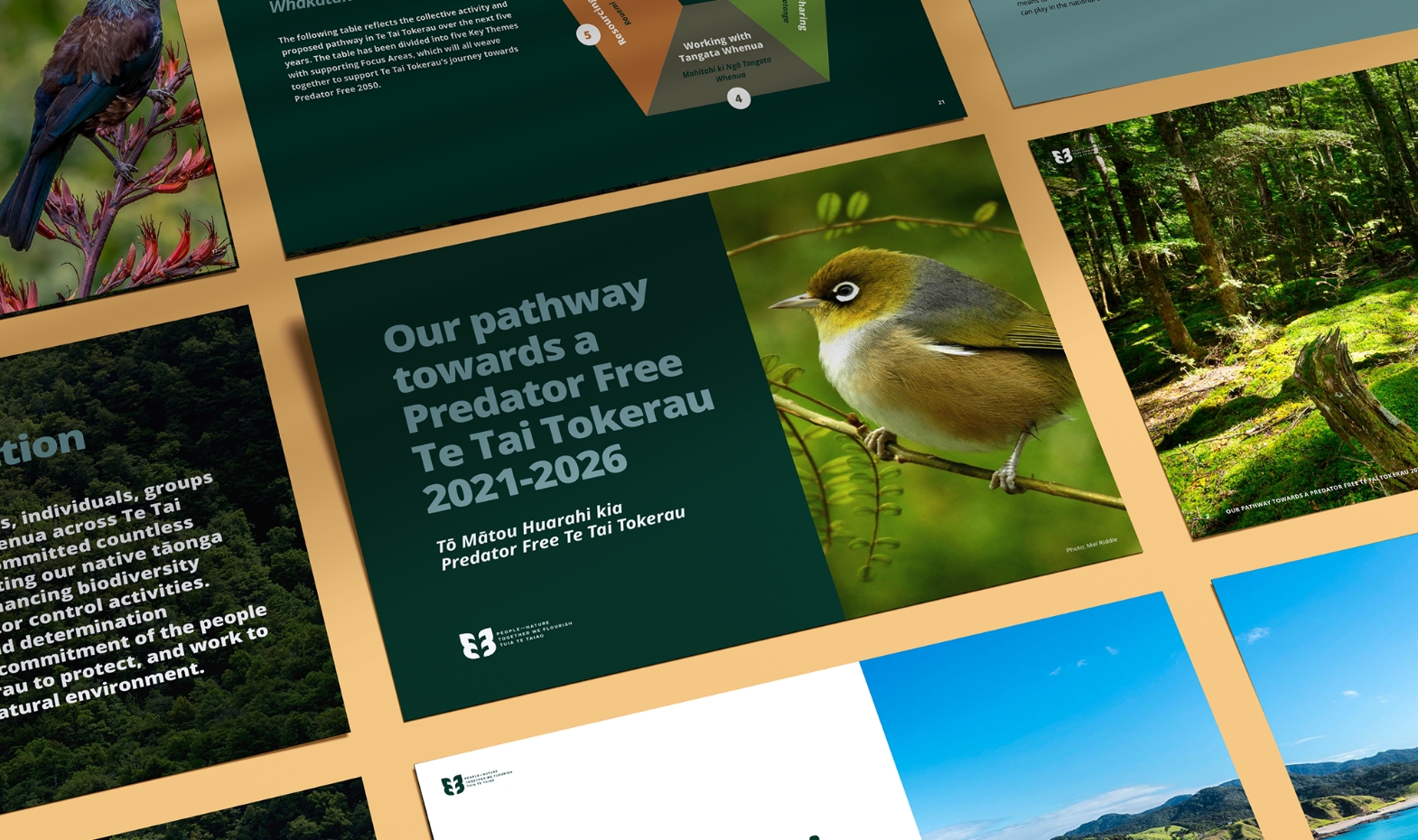
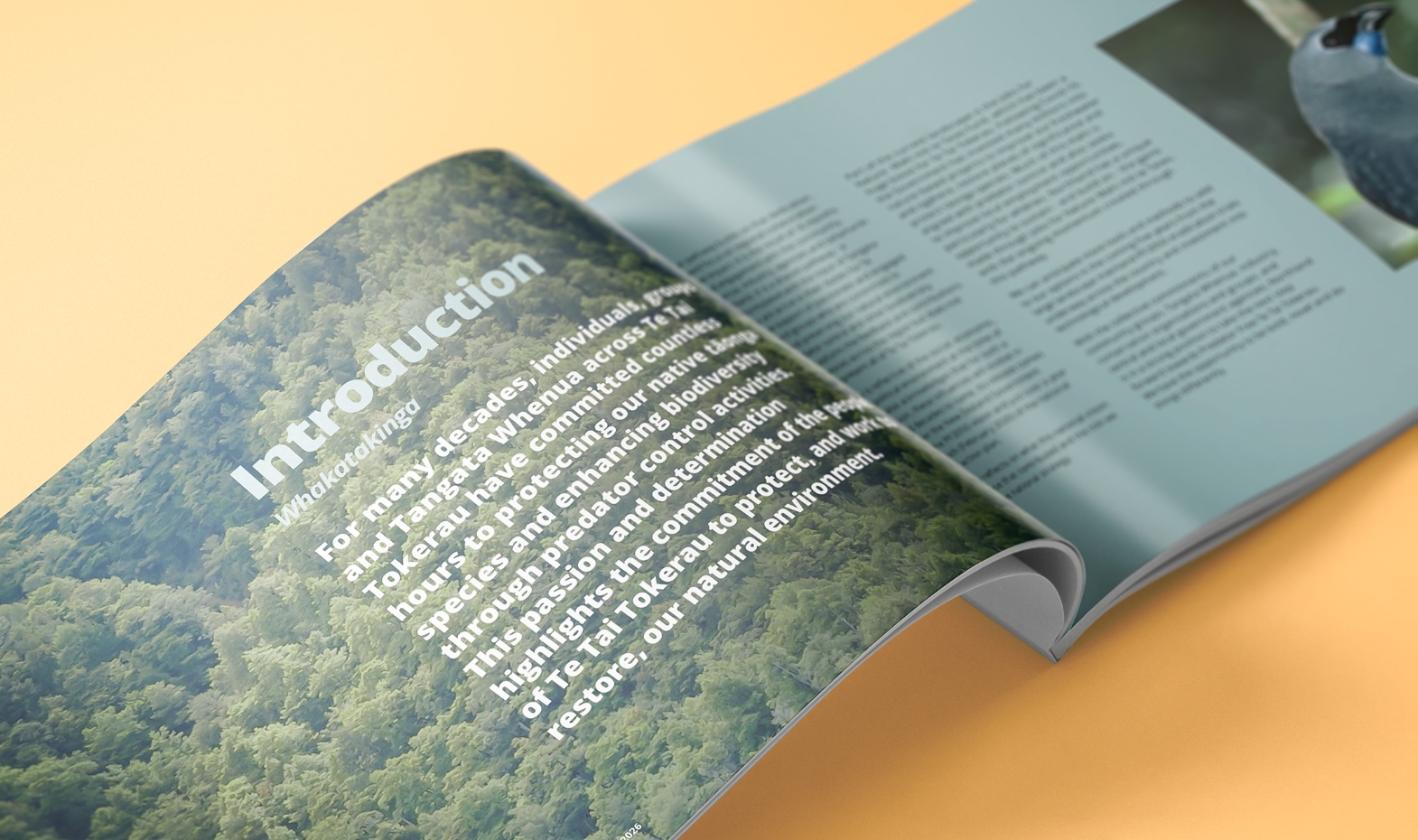
Partnering with Tangata Whenua
Working alongside us on the project team was Nicki Wakefield from Matakohe Architecture and Urbanism, who - with her team - worked closely with representatives from iwi and hāpu to share the significance of this programme, within the wider cultural, environmental and social context, for Tangata Whenua. This document represents a stepping stone in a much longer journey, acknowledging that much has also come before this mahi. Input was sought from all participants to understand what their relationship was to predator free, what was important to them in relation to predator free, what their plans were for the next five years, what their motivations were, and how a more cohesive regional approach could better support their mahi.
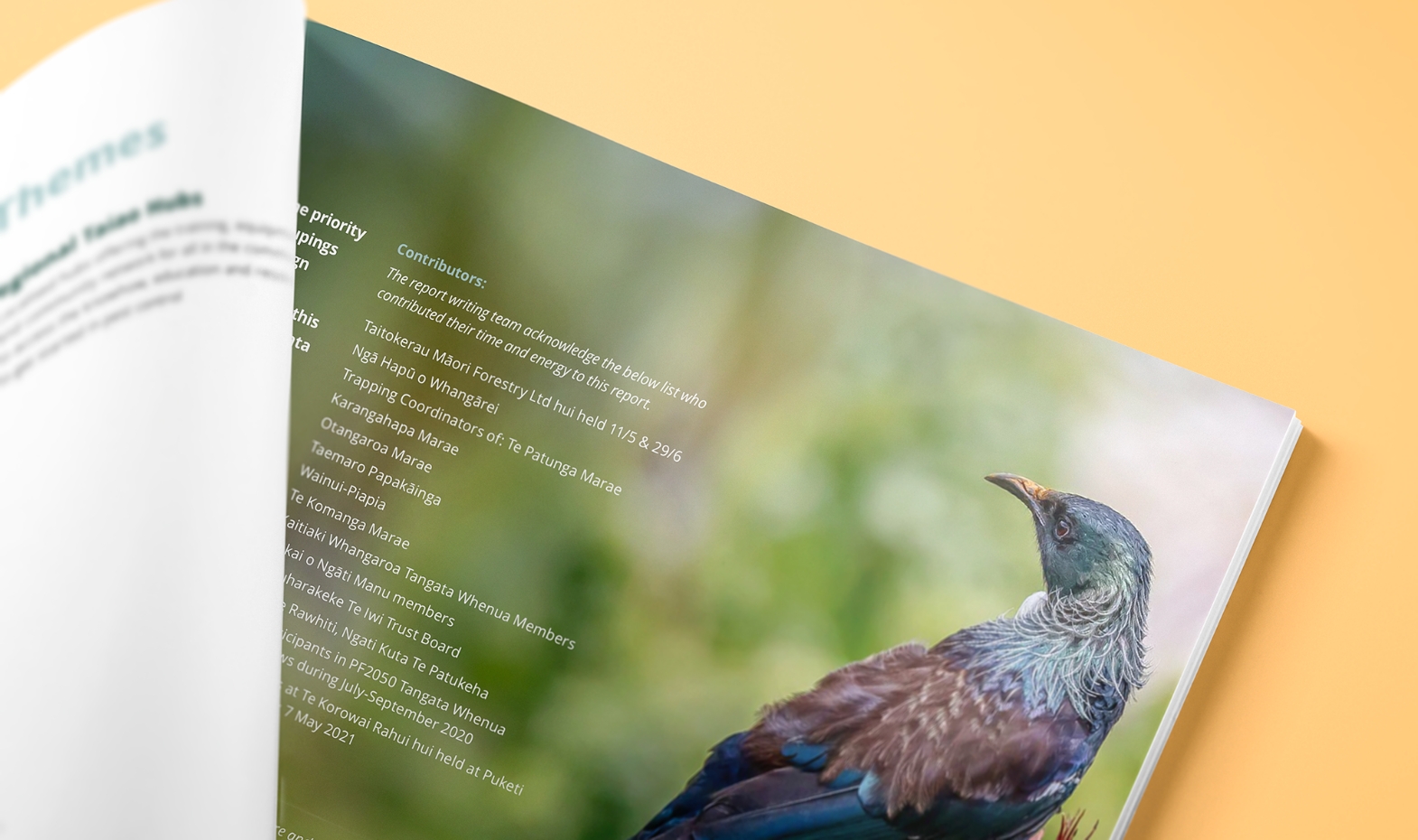
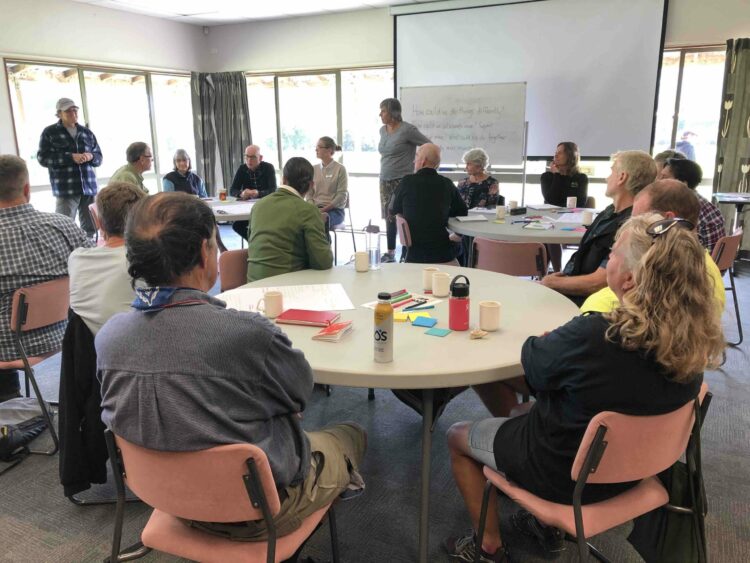
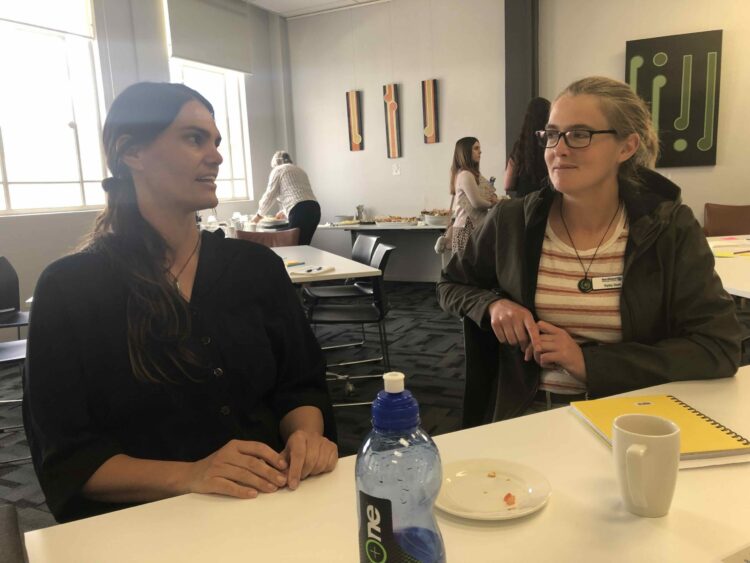
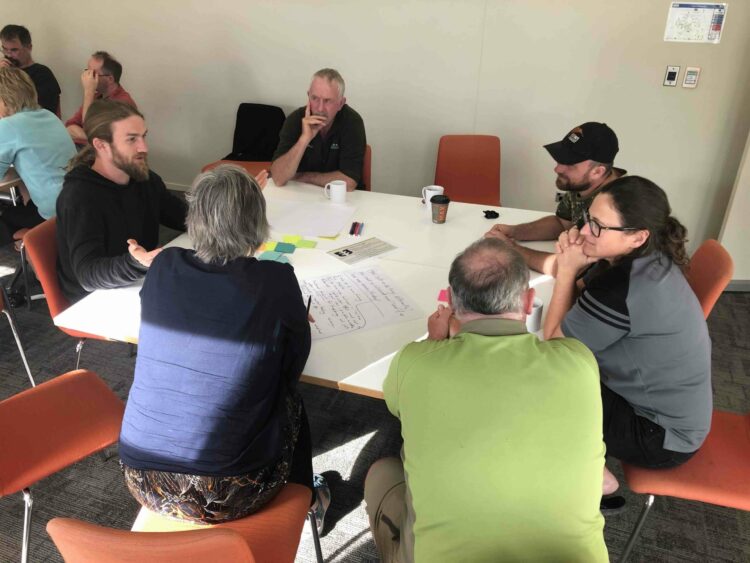
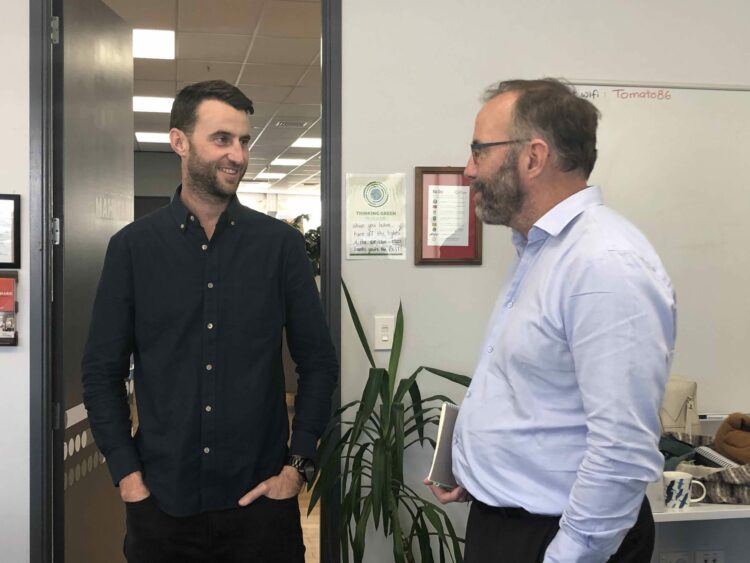
The development of this pathway strategy created the space for a wide range of individuals, organisations and groups to come together and identify opportunities to connect, collaborate and support.
As well as designing the regional workshops, Level facilitated the sessions and collated the feedback and insights that then guided the development of the final pathway document. Importantly, the proposed pathway aligns strongly with the national Predator Free 2050 vision and acknowledges the critical role of Tangata Whenua and brings together the resources and capabilities of key regional partners, including the Northland Regional Council and the Department of Conservation Northland.
The five key themes that emerged through the pathway design were:
- Growing the PF2050 movement
- Regional communications and engagement
- Knowledge sharing
- Working with Tangata Whenua, and
- Resourcing.
A clear set of actions was outlined, and these are now being resourced and rolled out through DOC’s work plans.
Read the full document here: Our pathway towards a Predator Free Te Tai Tokerau 2021-2026 Tō Mātou Huarahi kia Predator Free Te Tai Tokerau
